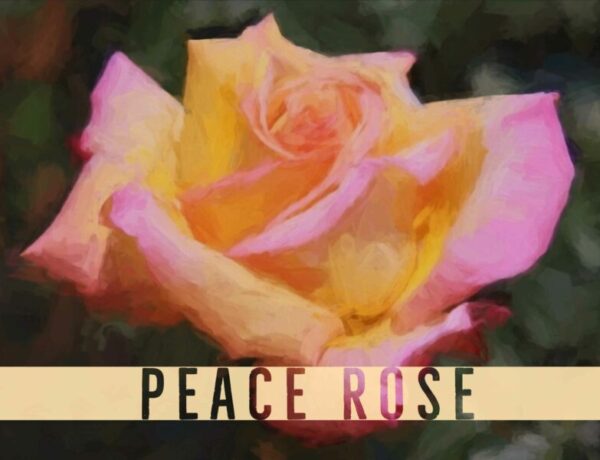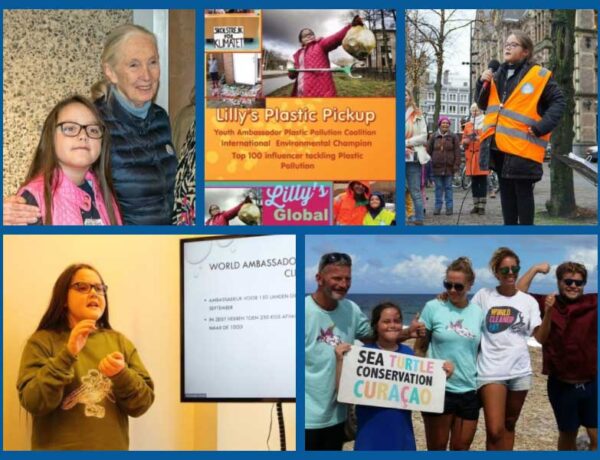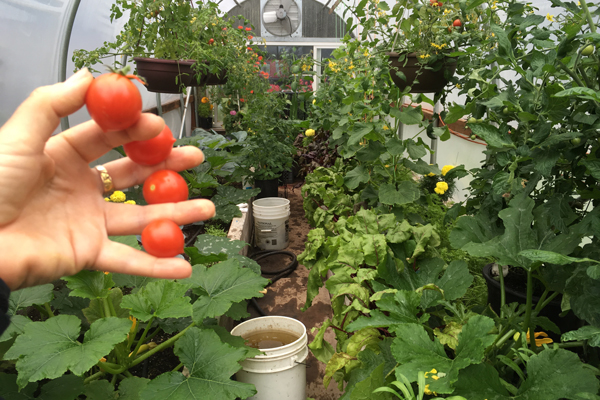A certain man had a fine horse that was his pride and his wealth. One morning he got up early to go out to the stable and he found it empty. The horse had been stolen!
He stayed awake many nights after that, thinking what a fool he had been not to put a good stout lock on the stable door. It would have cost only a few dollars and saved his most prized possession. He resolved that he would take better care of his next horse, but he knew he would never get one as good as the one he had lost.
The United States has been like that about its soil.
[Hi there! This organic gardening article was originally published in the Kodiak Daily Mirror, the hometown newspaper for Kodiak, Alaska. You can access the archive page for my past columns, written each week since 1986].
This parable and the soil “lesson” that followed was the introduction to a 2-inch thick, olive green book called, Soils & Men: Yearbook of Agriculture, published by the United States Department of Agriculture (USDA) in 1938.
I pulled the tome from the bookshelf the other day, a gift from a friend in 1988. I turned to the introduction, marked with a yellow Post-It note, and slowly read,
[perfectpullquote align=”full” bordertop=”false” cite=”” link=”” color=”” class=”” size=””]One of the great national objectives is to pass the soil on to our descendants as nearly unimpaired as possible.[/perfectpullquote]
I sighed and rested my head in my hands. I hesitate to say this, but it’s true: No creature on Earth spoils its nest with such abandon as do humans.
In other words, the stolen horse is still missing in so far we’ve failed in our resolve to do better.
Red flags have been waving for decades. In 1962, Rachel Carson’s Silent Spring documented the environmental problems caused by the indiscriminate use of pesticides. Though her book enraged chemical companies, it engaged the public, bringing about numerous changes: a nationwide ban on DDT and helping to inspire an environmental movement that led to the creation of the EPA (Environmental Protection Agency).
Rachel Carson put to words what Nobel Prize winner Dr. Alexis Carrel had recognized back in 1912: The Earth was ailing.
In 1935, he published a book entitled Man, the Unknown, which became a best-seller. Carrel attempted to clarify the problems of the modern world and to provide routes to a better life for human beings.
The eminent French scientist wrote that “since soil is the basis for all human life our only hope for a healthy world rests on reestablishing the harmony in the soil we have disrupted by our modern methods of agronomy.”
[perfectpullquote align=”full” bordertop=”false” cite=”” link=”” color=”” class=”” size=””]All of life will be either healthy or unhealthy according to the fertility of the soil. Directly, or indirectly, all food comes from soil. —Dr. Alexis Carrel, Nobel Prize winner[/perfectpullquote]
Today’s soils, however, are “tired, overworked, depleted, sick, poisoned by synthetic chemicals,” writes Peter Tompkins and Christopher Bird, authors of Secrets of the Soil published in 1989. “Hence the quality of food has suffered, and so has health.”
Carrel, said Tompkins and Bird, came right to the point saying that chemical fertilizers cannot restore soil fertility.
[perfectpullquote align=”full” bordertop=”false” cite=”” link=”” color=”” class=”” size=””]They [chemicals] do not work on the soil but are enforcedly imbibed by plants, poisoning both plant and soil.[/perfectpullquote]
Anyone alive before World War II knows that fruit, vegetables, bread–indeed most all food–bear no resemblance to what they were before the war.
Poisoning of the soil with artificial additives began in the mid-1800s when a German chemist, Justus von Liebig mistakenly deduced from the ashes of a plant he had burned that what nourished plants was nitrogen (N), phosphorus, (P), and potash (P for potassium)—the NPK of today’s chemical agriculture.
Liebig’s findings led to a vast and profitable commercial development of synthetic chemicals, and later, pharmaceutical products.
Up until Liebig’s time, it was believed that virgin soils were highly fertile and contained much humus, the dark organic material in soil created by the decomposition of vegetable and/or animal matter (from bugs to bears) that is essential to the fertility of the Earth. Liebig attacked this notion with vehemence.
Ten years later, Liebig had a change of heart and soul, concluding that the secret to fertilizing soil lay in utilizing humus, not chemicals.
Too late.
By that time, the horse was long gone: The chemical companies were off to such a profitable start, there was no stopping them. What followed was the “age of chemicals.”
In 1856, a whole new branch of chemistry was developed from coal tar. Suddenly, endless new compounds sprang forth, from dangerous, chemical-based drugs to explosives, and poison gases responsible for nearly 1,000,000 deaths in World War I.
Then, following the Second World War, stockpiles of ammonia factories that sprang up in the U.S. to manufacture explosives were faced with a surplus. DuPont, Dow, and Monsanto with their wartime profits produced even more fertilizer to dump on the unwary farmer, who dumped it onto his fields.
And so it went…
Dr. Joseph Weissman, a former specialist in preventive medicine and immunology at the UCLA College of Medicine, argued that most of today’s killer diseases have developed only within the last hundred years. What’s more, they are primarily due to the extensive use of synthetic chemicals in our daily died, food preservatives, insecticides, fungicides, pesticides, and so on.
One of the first to sense that the use of chemical fertilizers was doing more harm than good was Sir Albert Howard. During the 1920s, Albert Howard was in charge of a government research farm in Indore India. It was there that he developed a superior composting process that put the ancient art of composting on a firm scientific basis. For example, livestock fed on organically grown fodder was immune from disease.
What did this mean for humans eating organically grown food?
Albert Howard went on to debunk many myths around humus and soil health. He also proved that it was possible to have finished compost in a matter of weeks, not years.
Returning to England in 1931, Sir Albert became known as the founder of the “organic” movement, a banner later picked up by J.I. Rodale who launched a movement with his Organic Gardening and Farming magazine.
So can compost save the world?
I believe it can, one leaf, one banana peel, one smidgeon of kelp at a time.
Do you need special equipment or a compost bin? No, you don’t.
Stay tuned. Next week, I’ll share Sir Albert Howard’s recipe for fast composting which works like a charm, even in Kodiak’s cool climate.
Meanwhile, start planning next year’s garden beginning with this season’s compost.
++++++++++++++++++
Would you like to read more of these garden columns? Slowly but surely I’m posting over 1,200 articles that you can access here. For personal updates, sign up for my newsletter, the Garden Shed: All Things Organic Gardening. As a thank you for signing up, you’ll receive a FREE PDF: 220 Things You Can Compost. (I’m also on Facebook and Instagram). To get in touch by email: marion (at) marionowenalaska.com





No Comments